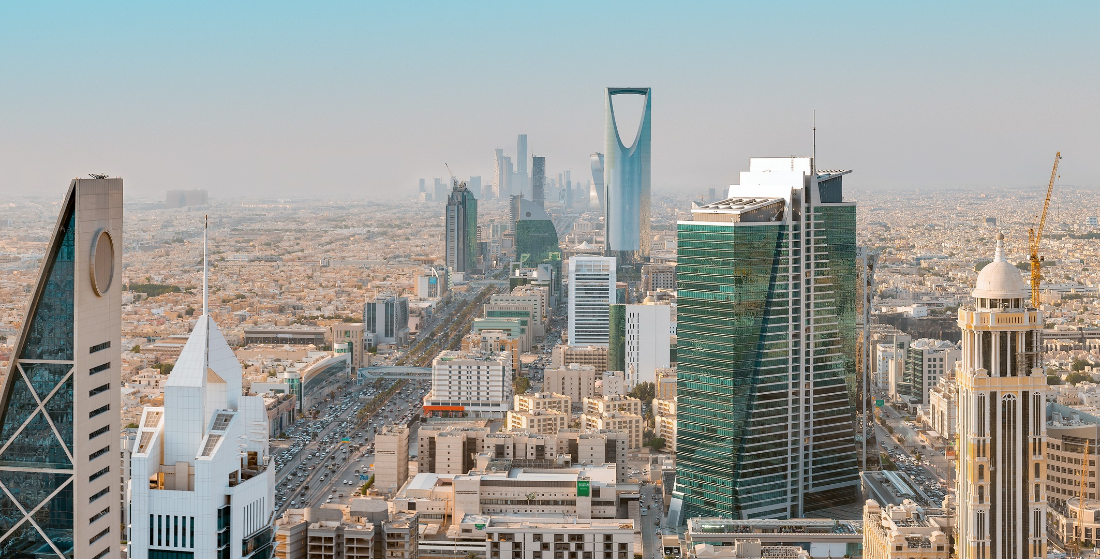Live webinar: Recovering defaulted credit insured trade receivables and export credits in MENA
Thursday 21 May | 11:00 BST | 14:00 GST When obligors in remote countries miss payments, speed and local knowledge are essential in recovering defaulted funds. In this webinar we will explore the avenues available for amicable, arbitrated and judicial recovery for export credit insured transactions in MENA

There has been a sharp rise in market players within the trade and export finance industry looking towards contingency plans as the challenge surrounding the global pandemic continues. The understanding of local business and respective legal systems when obligators miss payments are increasingly vital to recover defaulted funds.
Join TXF and Recovery Advisors as we explore the avenues available for amicable, arbitrated and judicial recovery for export credit insured transactions in the MENA region.
Date: Thursday 21 May 2020
Time: 11:00 BST | 14:00 GST
During the 1 hour webinar we will explore:
- What the various avenues available to recover export credit insured transactions are, including the growing role of digital solutions
- Case studies and insight into navigating Saudi Arabia, the UAE, Algeria and Egypt
- Differences between exporters, banks, and insurers filing claims
Speakers:
Ahmed Madkour, Managing Director, Recovery Advisers BV
Jonathan Bell, Editor-in-Chief, TXF





